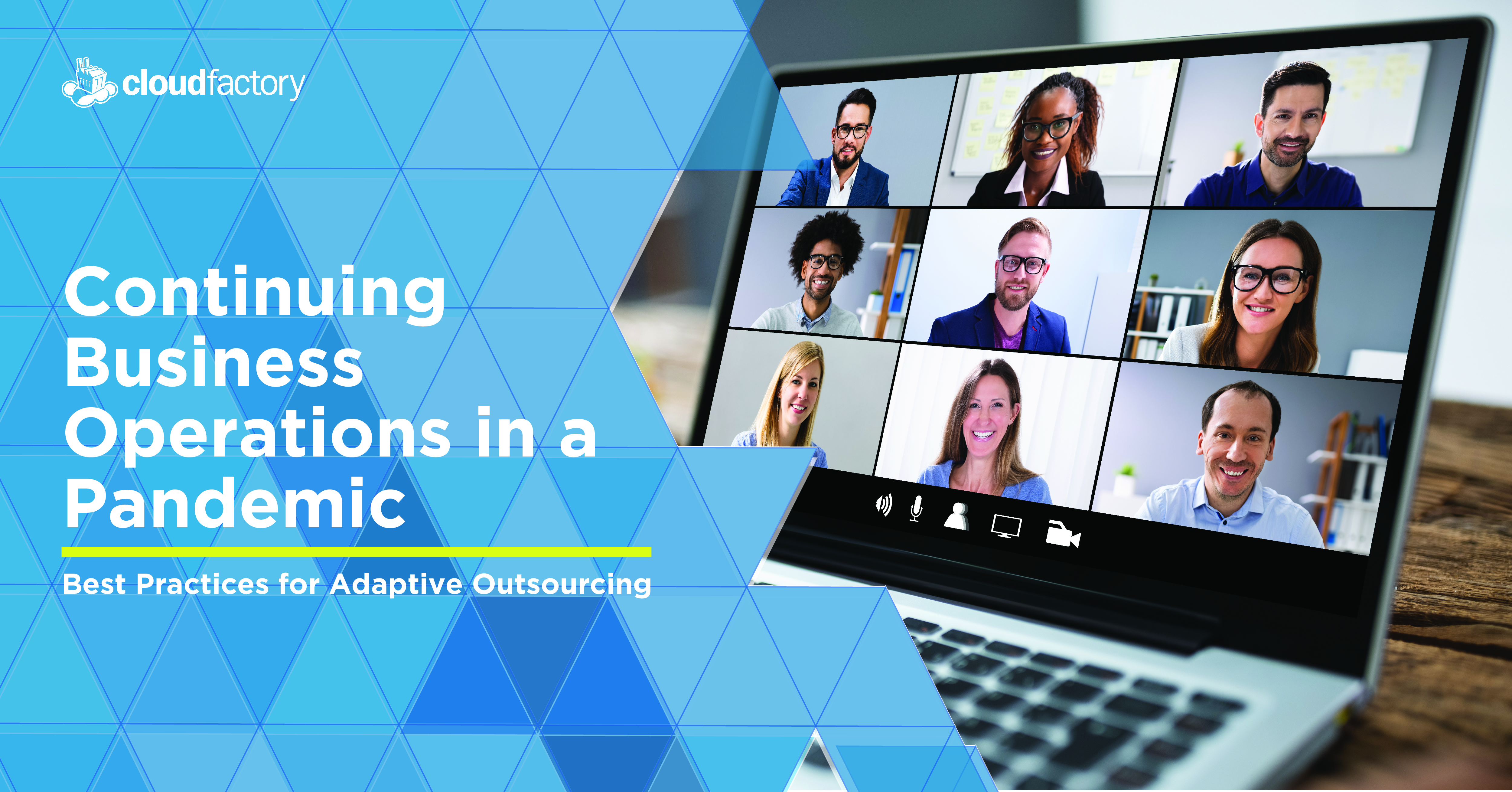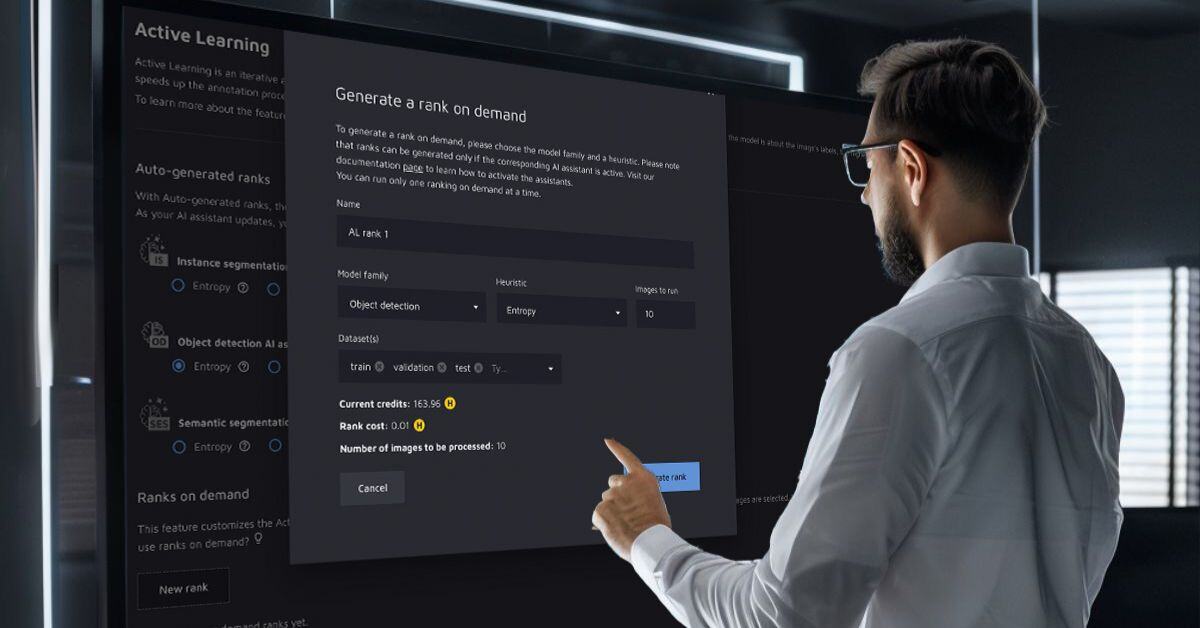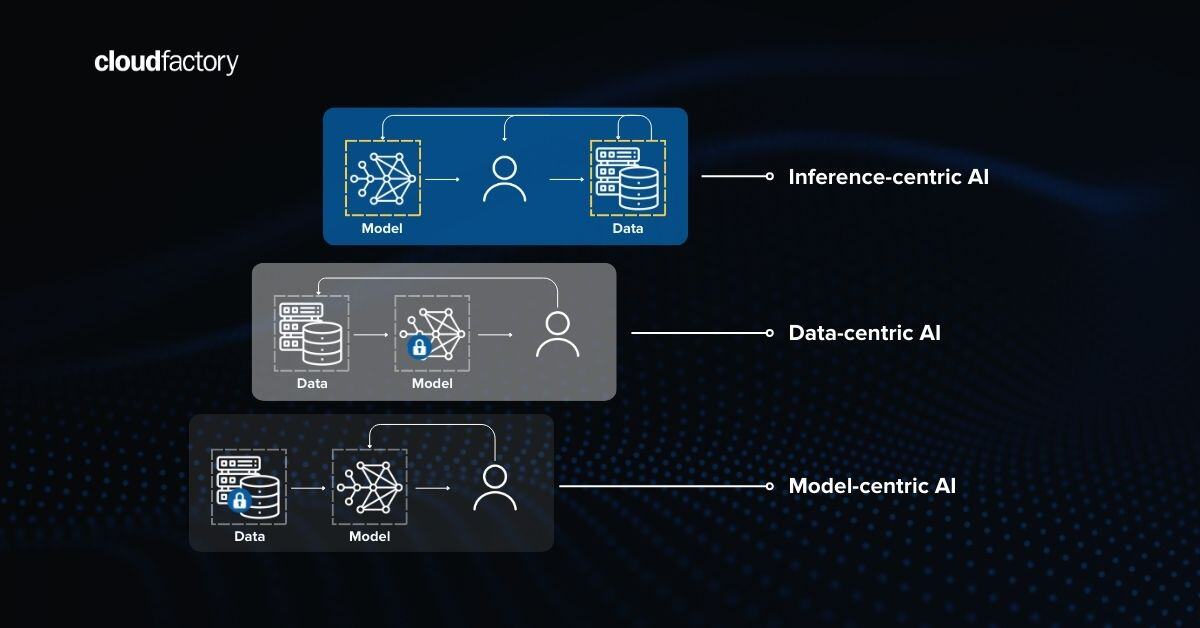4 Qualities to Look For in a Workforce Provider
The effects of months-long lockdowns around the world are just beginning to play out, and already we’re getting a glimpse of who is likely to fare better - or even thrive - in a post-pandemic world. For now, the early winners appear to be those who can adapt quickly to changing customer and market demands.
How to Adapt to Changing Demands
Here’s one example: Home improvement retailer Lowe’s had planned to offer curbside pickup services next year but due to the pandemic, it launched the service in three days. The company's ability to adapt and move quickly increased comparable sales 12.3% in the quarter ended May 1, and overall revenue increased 10% while net profits jumped 28%.
When Google made its Meet video conferencing app free to everyone and eliminated time limits on calls for several months, the change catapulted the app to 100 million daily users. Meet now has 3 million new users each day, according to Google executives.
For Lowe’s and Google to release those services so broadly and quickly to a wide number of customers and users required adaptive people, processes, and technology. They made changes to better serve their customers and leverage a market challenge - and their approach effected value for their brands.
These moves to create an easier experience for customers and users are the kind that even before the pandemic, Forrester predicted will determine the success of organizations in the future: the ability to adapt to shifting demands from customers and markets.
To enable that kind of responsiveness, organizations will need to build and partner with workforces that are highly adaptive themselves. The adaptive workforce, Forrester says, is one that:
- Can flex resources up or down to respond to changing conditions by leveraging labor pools in the talent (e.g., gig) and automation (e.g., AI) economies;
- Is more collaborative and less siloed or hierarchical (e.g., one worker can do similar work in another department or industry); and
- Can compose teams that assemble and disassemble as conditions change to destroy silos, drive innovation, or solve problems.
With a decade of experience providing professionally managed workforce teams to process data for organizations around the world, CloudFactory knows about adaptability. As the early events related to COVID-19 unfolded, we made the decision to shift our workforce delivery operations from semi-distributed to 100% remote. To do it, we transitioned thousands of data analysts from in-office to remote work in fewer than 10 days.
4 Adaptive Qualities to Look For in a Workforce Provider
An adaptive workforce doesn’t stop with your own employees. It’s important to select workforce partners, such as outsourced teams, who also are adaptive in their approach. A professionally managed workforce provider like CloudFactory can help you become more adaptive.
Here are four qualities to look for when you are evaluating workforce providers for their adaptive approach:
- Scalability: From their technology to processes to pricing models, make sure your workforce partners are able to scale your work up or down as needed. Look for flexibility in your contract terms, and avoid restrictive clauses that will trigger a renegotiation if your workforce needs or your processes change.
- Cross training and knowledge sharing: Every time an employee or contractor leaves your organization, you lose someone who has domain knowledge about your business and your industry. Look for a workforce provider with protocols in place that support flexible onboarding, cross-training, and the introduction of new tasks, use cases, and processes. All of this will make your workforce team more agile and adaptive.
- Geographic diversity: Here, you are looking to lower the risk of having service delivery located in an office in a single country or with a single service provider. Geographic diversity allows you to make quick changes to respond to global conditions, such as a pandemic, and to respond to changes in customer and market demands. It also supports business continuity.
- Process and technology for remote work: Look for a provider that uses technology to ensure you don’t miss a beat. Be sure your outsourced workforce provider has secure IT infrastructures that can produce high-quality results from remote locations.
CloudFactory: Your Adaptive Workforce Partner
For the past 10 years, CloudFactory has provided managed teams to process data that powers everything from critical business processes and product experiences, to autonomous systems and medical image AI (artificial intelligence).
Prioritizing adaptability is the kind of future-of-work thinking that made it possible for us to shift 100% of our business to remote delivery. Making changes to how we deliver service to our clients around the world was necessary, and it has put us in a unique position to help you with your most pressing needs, now and in the future - whether you’re training a chabot or a machine learning model.
What’s Next
Only history will tell what the next several months and years will hold for your organization. But there are steps you can take today to increase your ability to adapt to changing market and customer demands.
To learn more about how CloudFactory can assist you in ensuring the adaptability of your workforce, download our free guide: Continuing Business Operations in a Pandemic or contact us today to speak with one of our people, process, and technology experts.
Data Workforce Workforce Strategy Adaptive Workforce AI & Machine Learning









